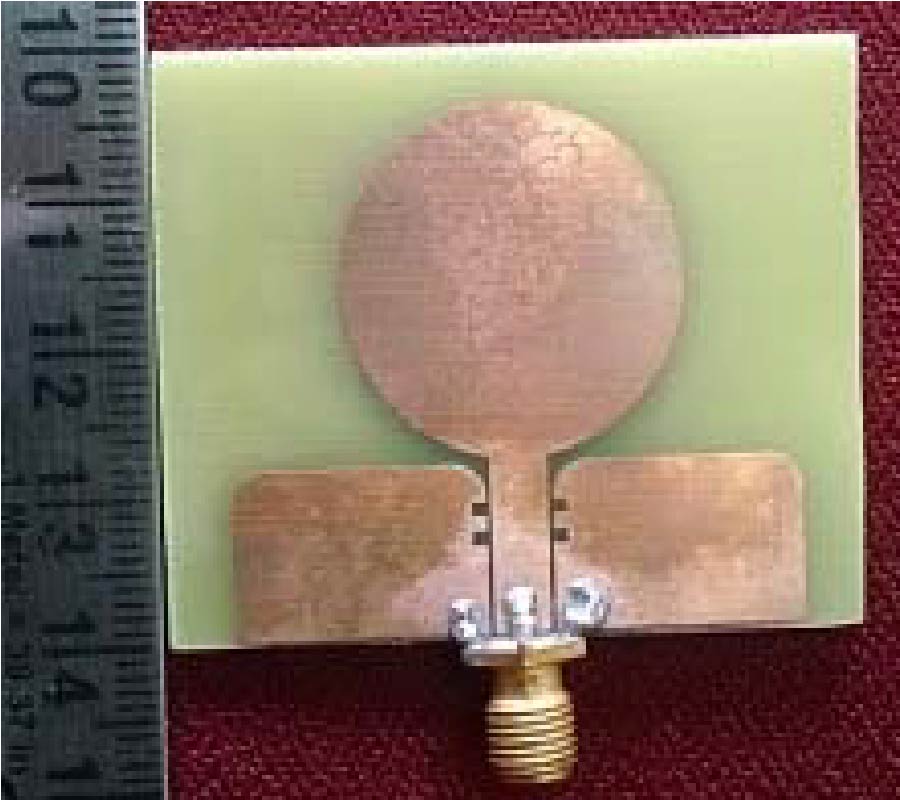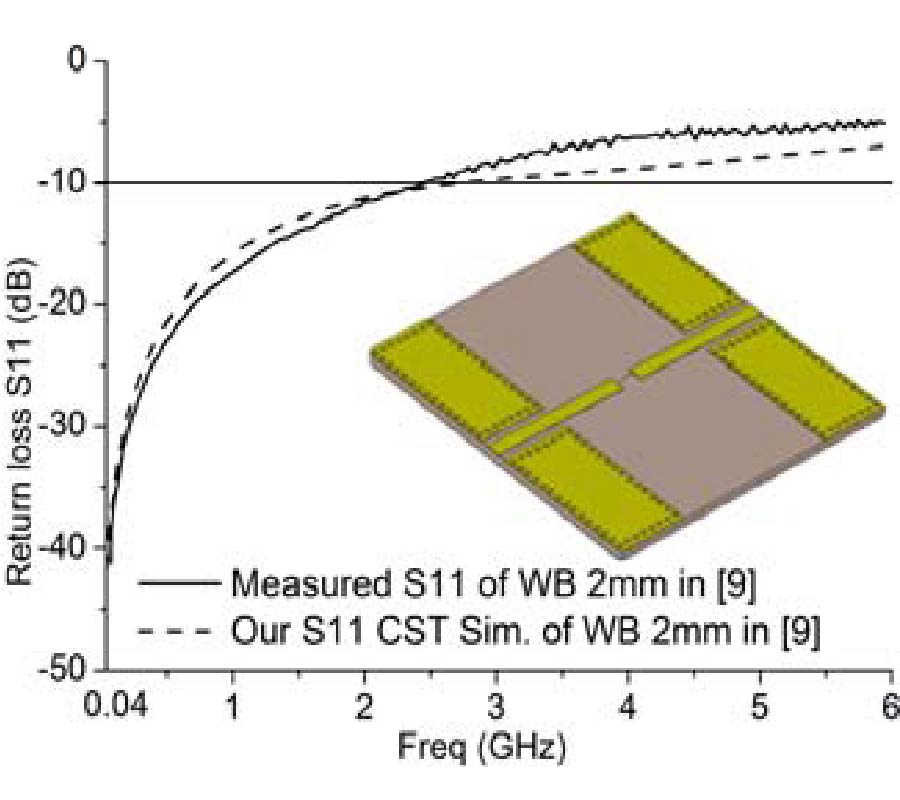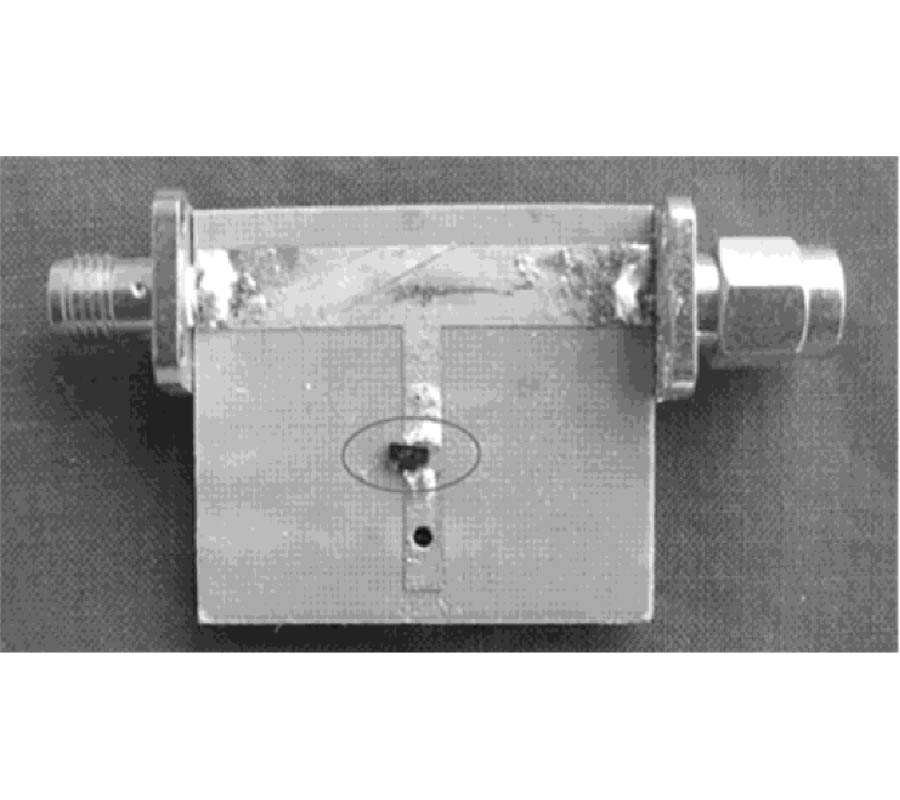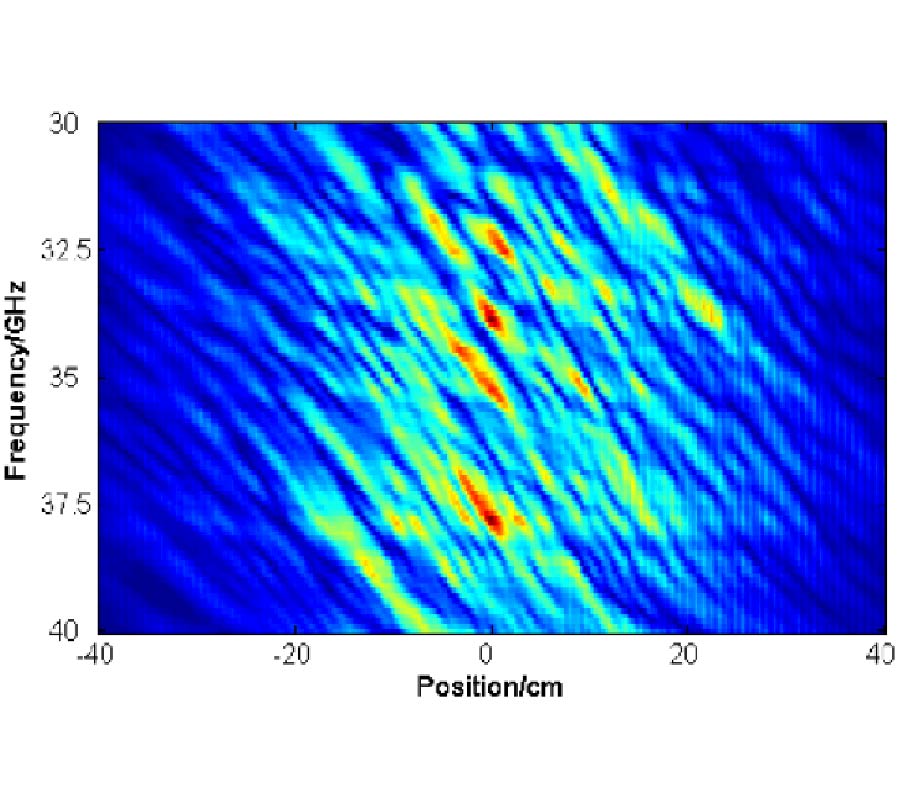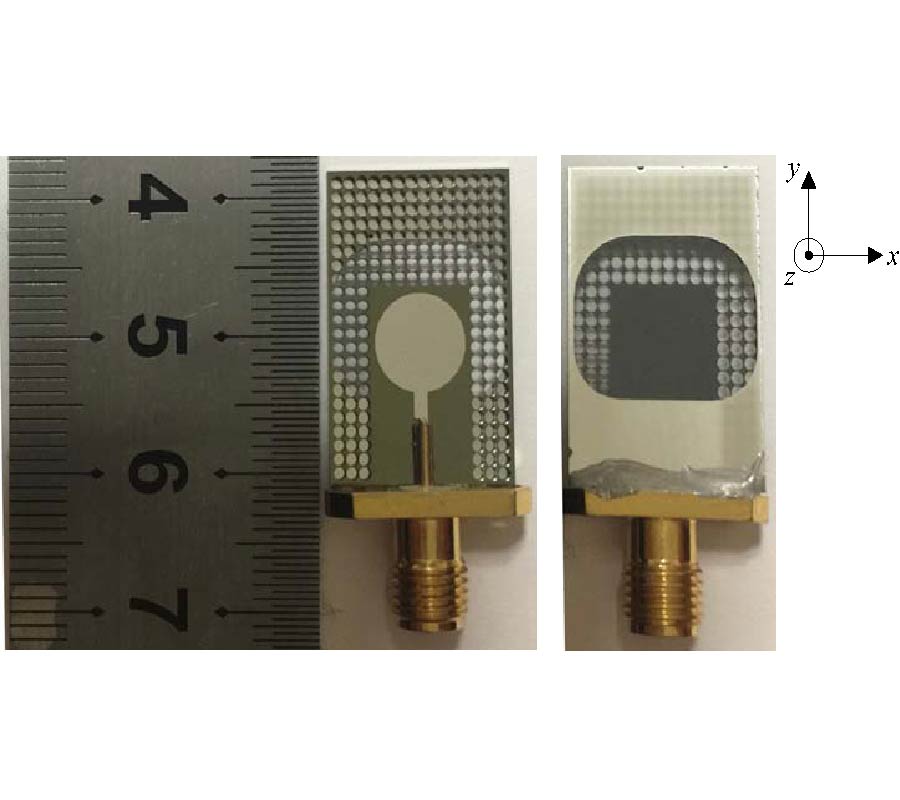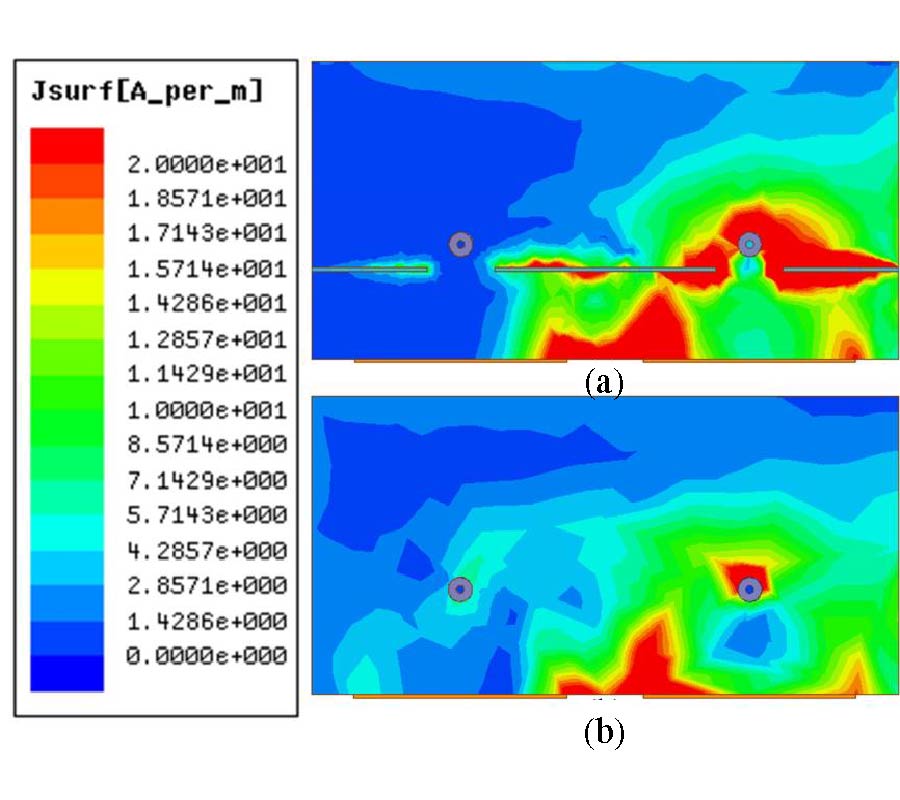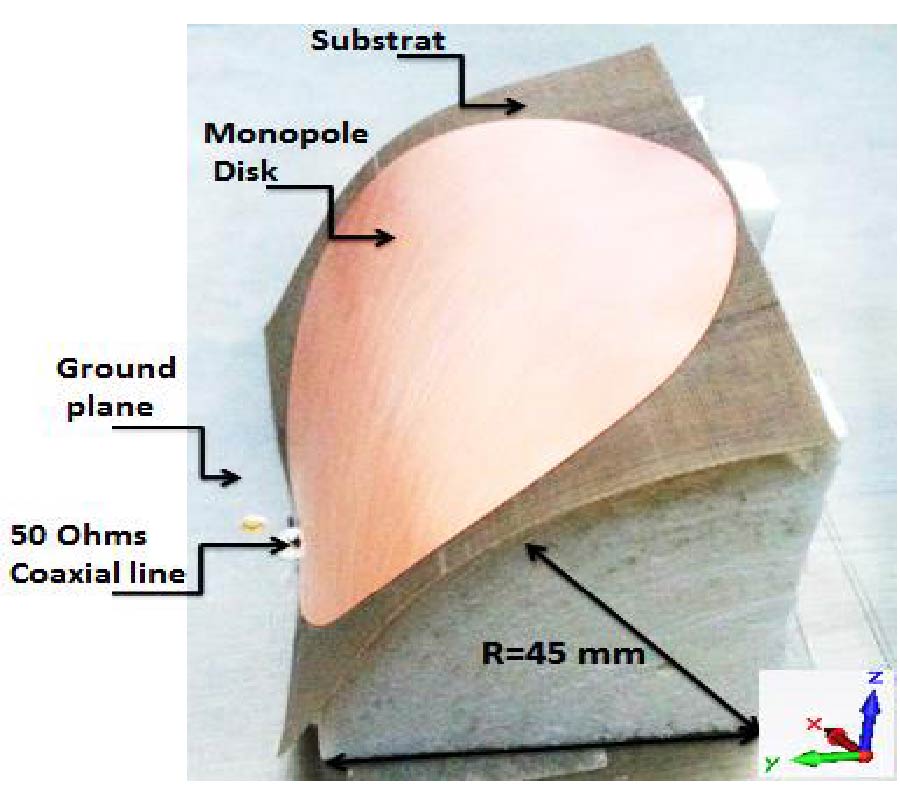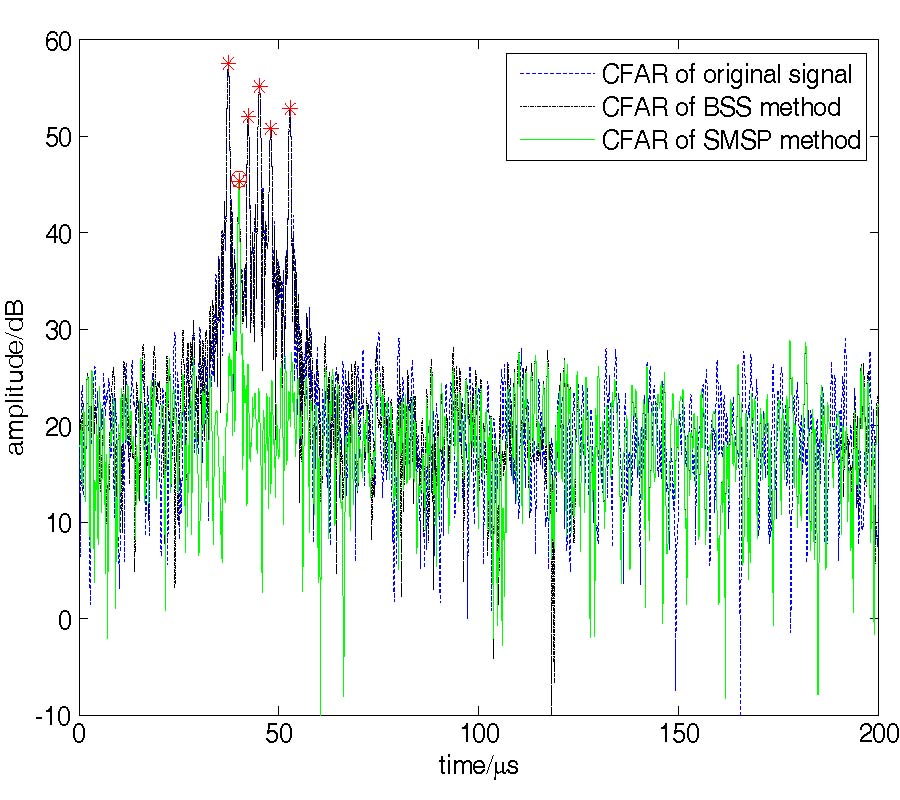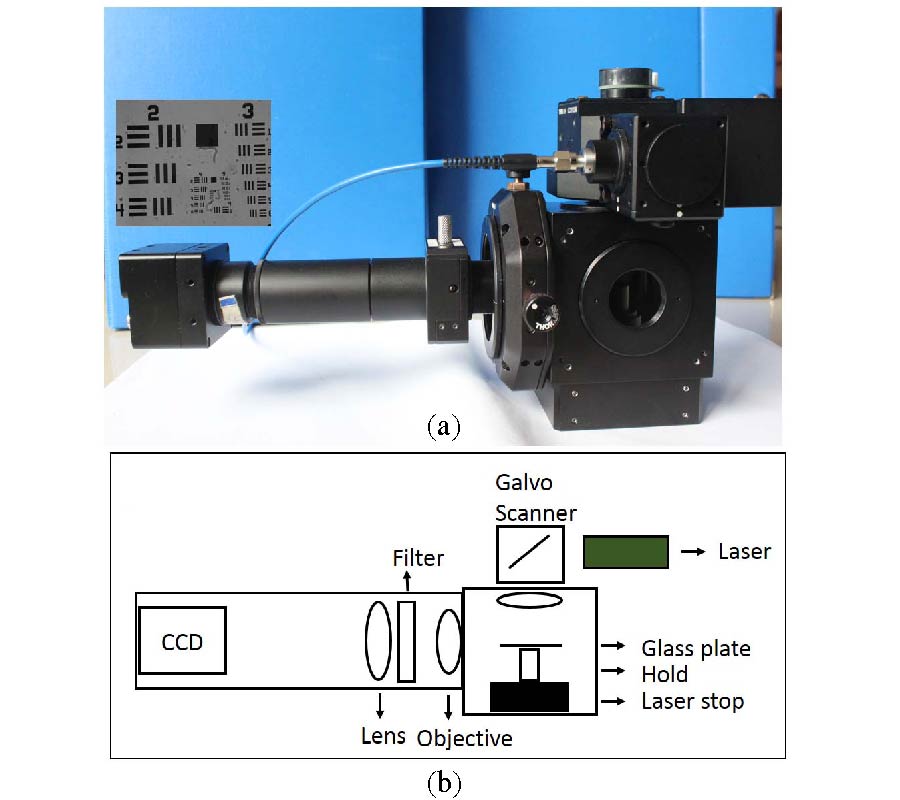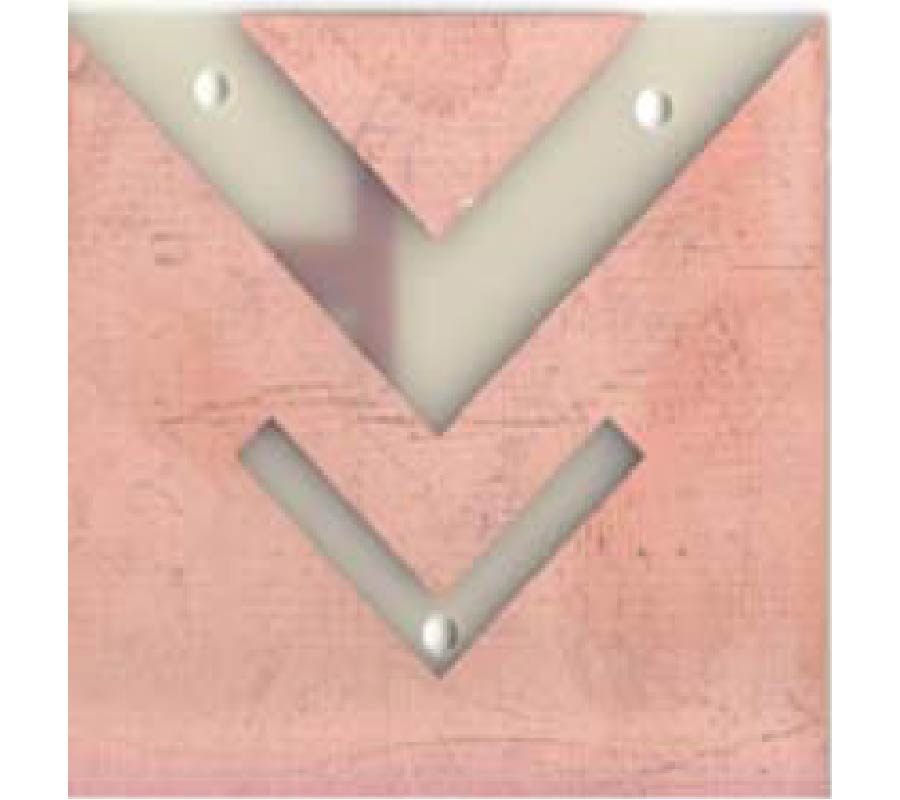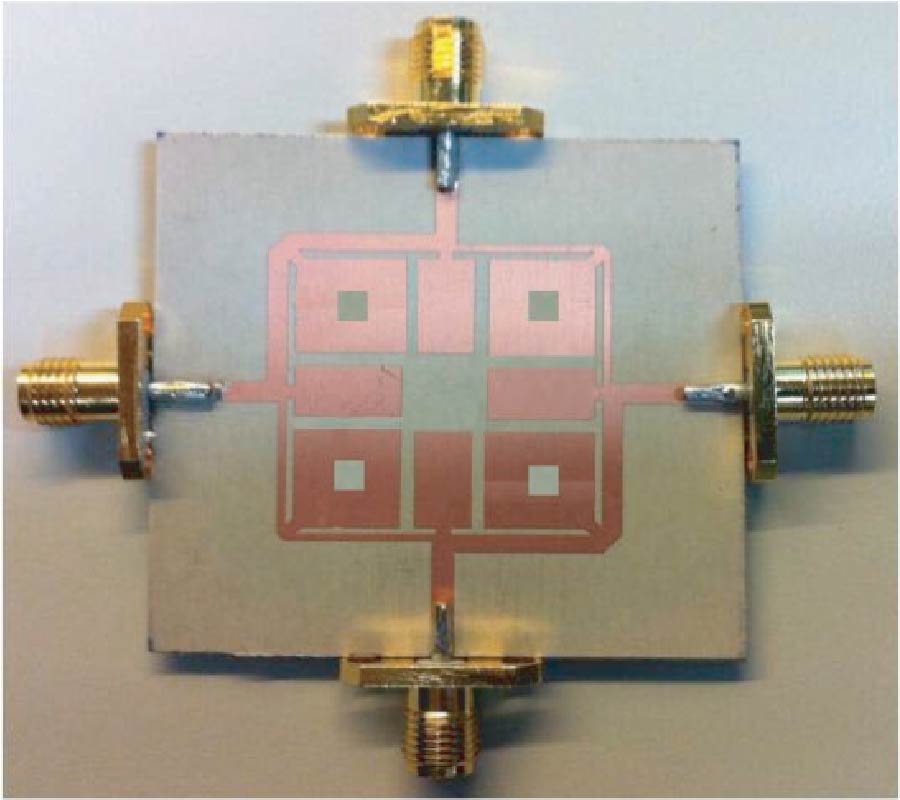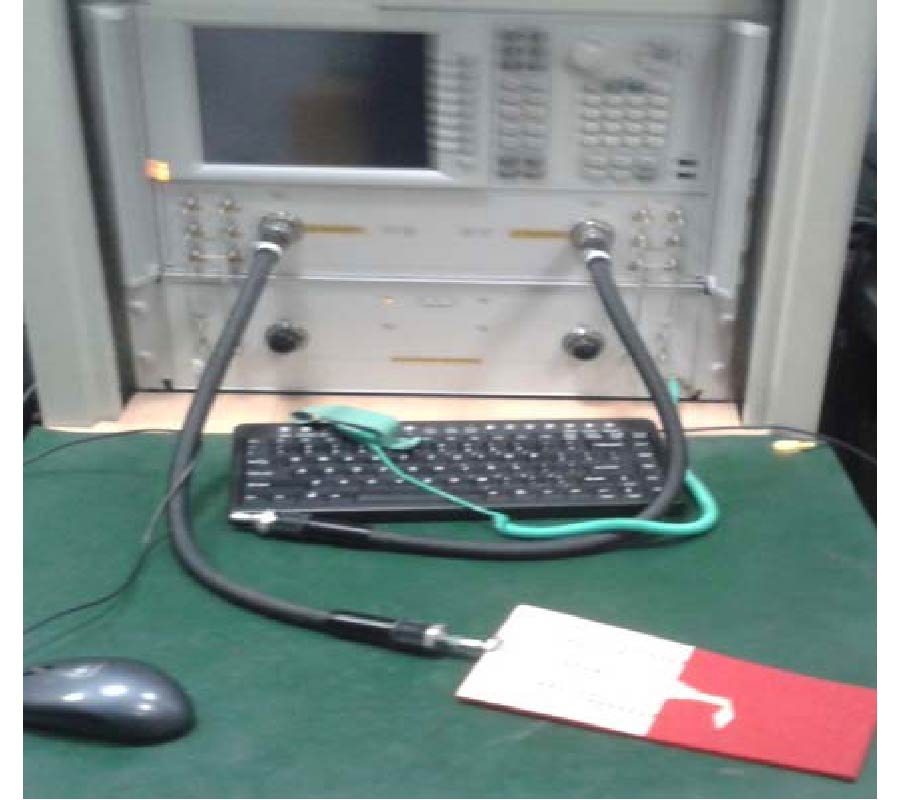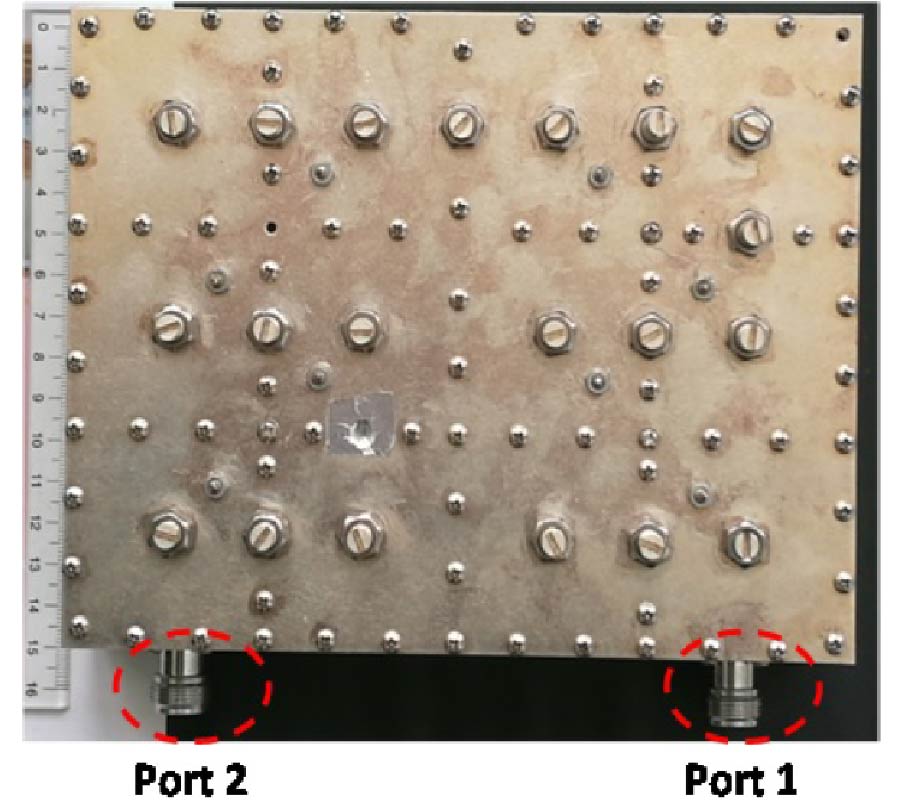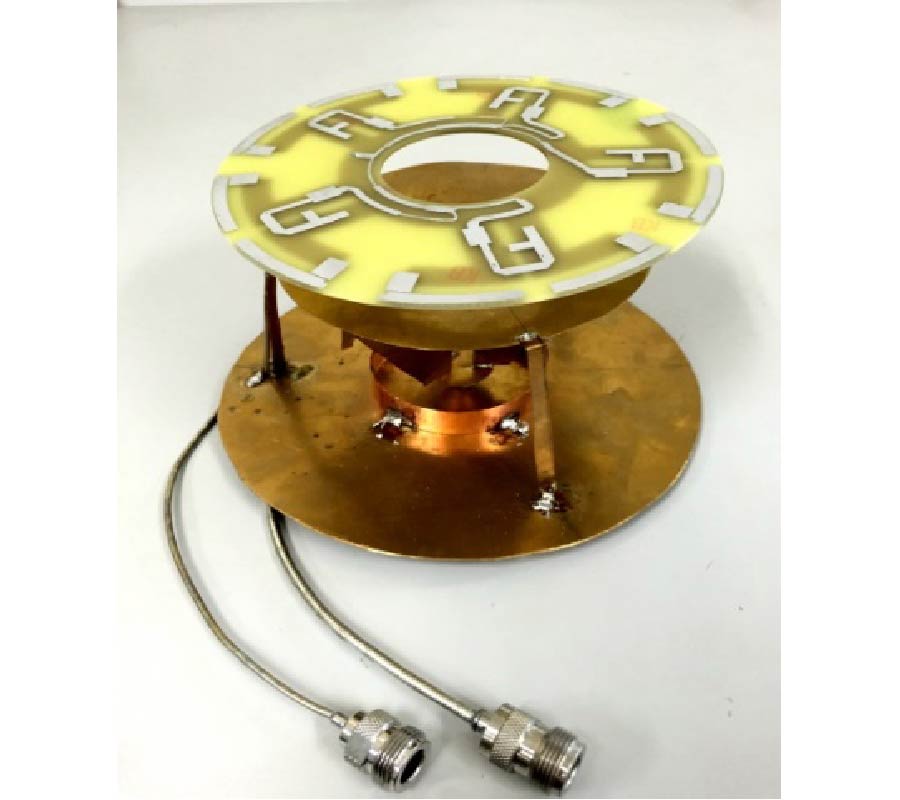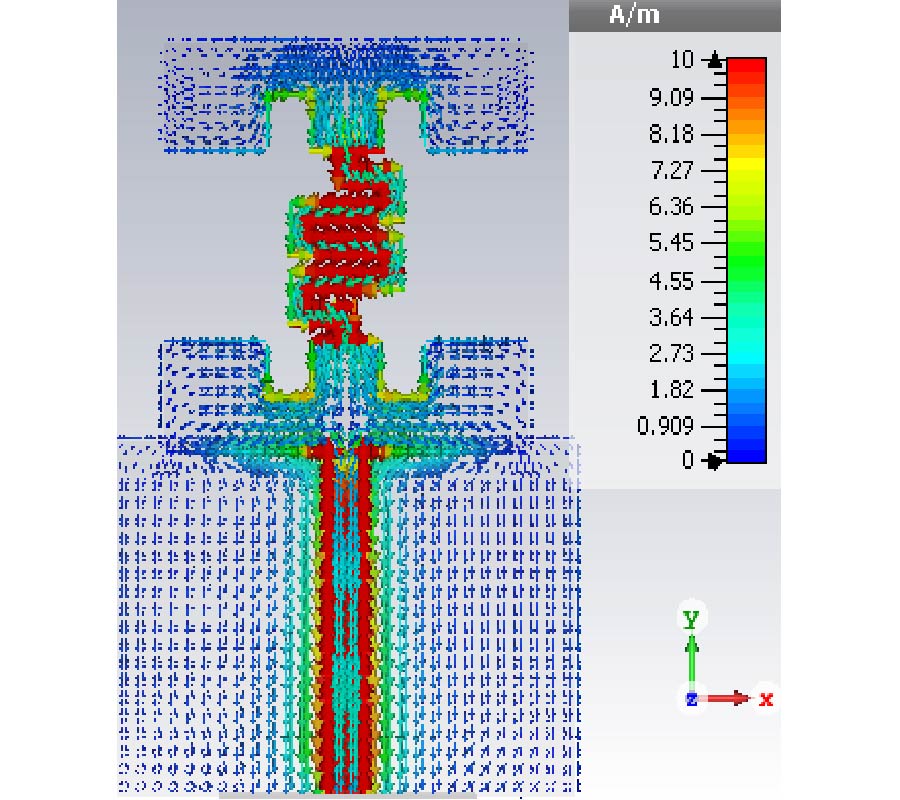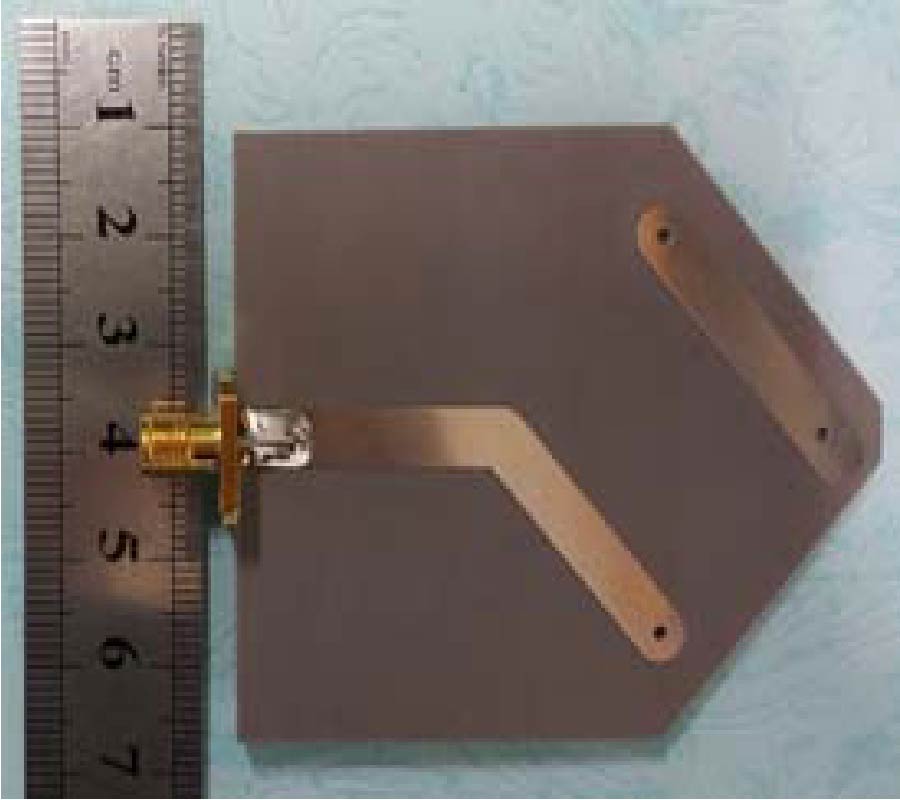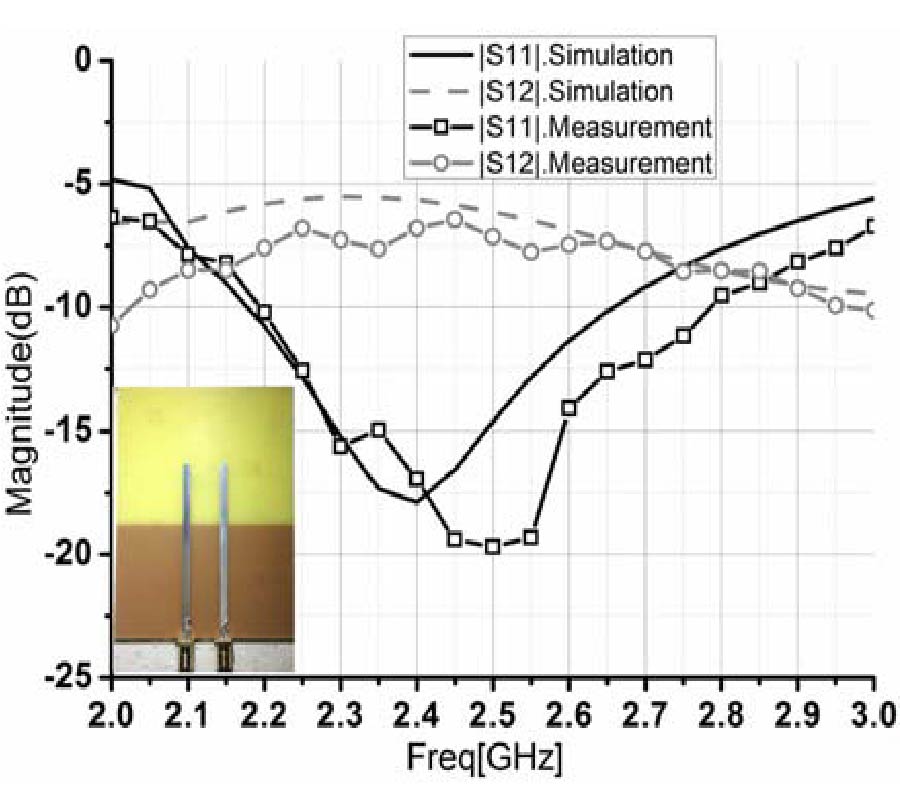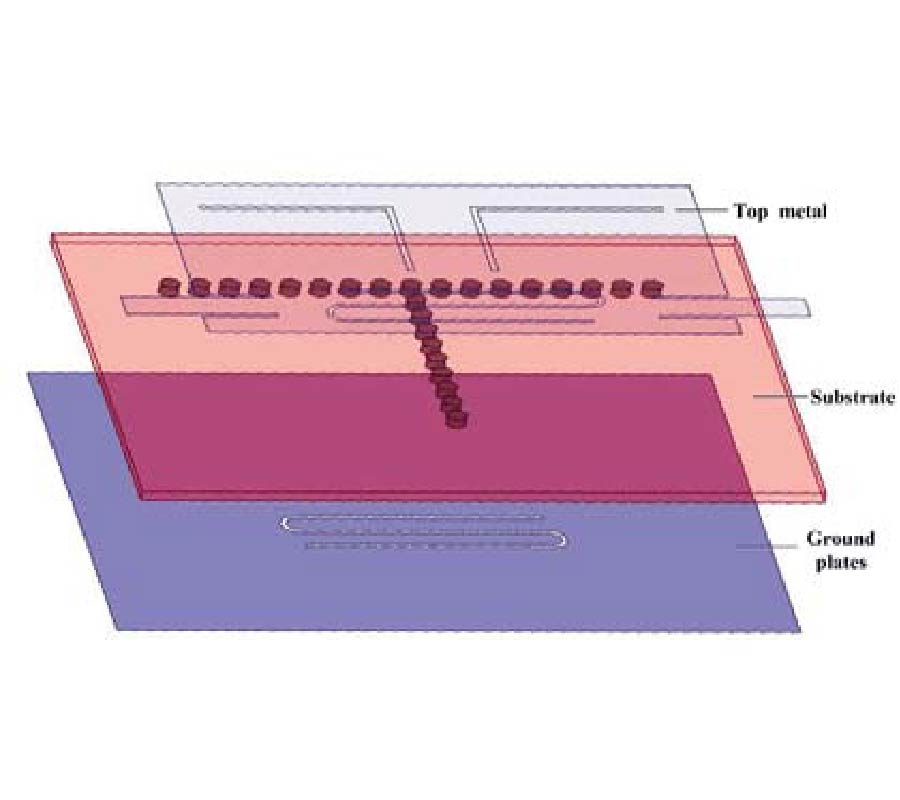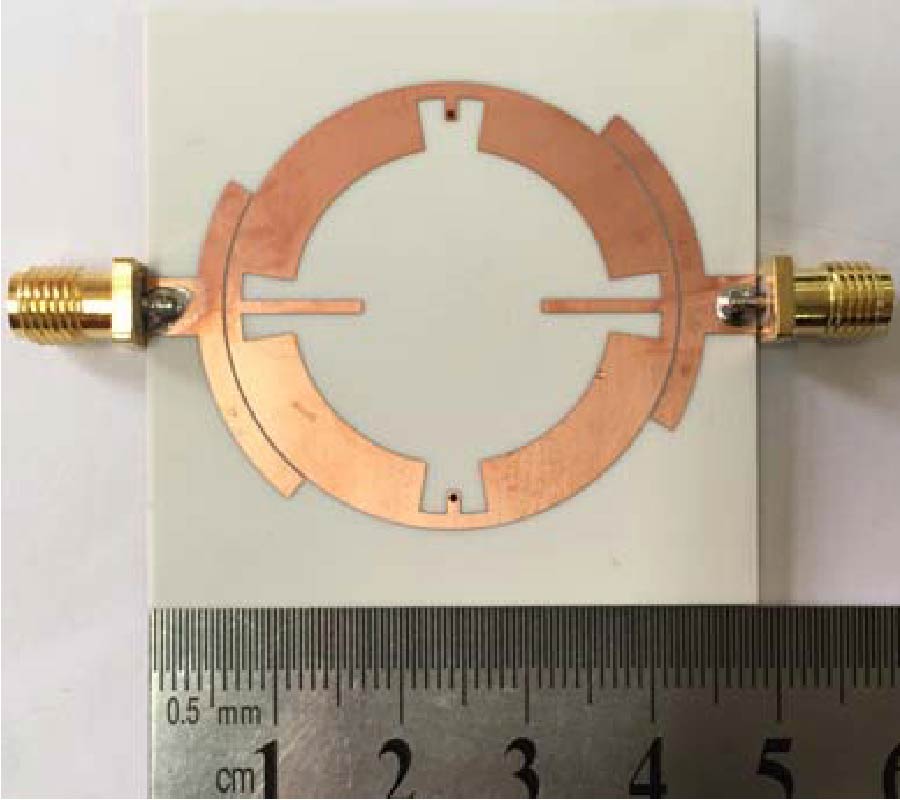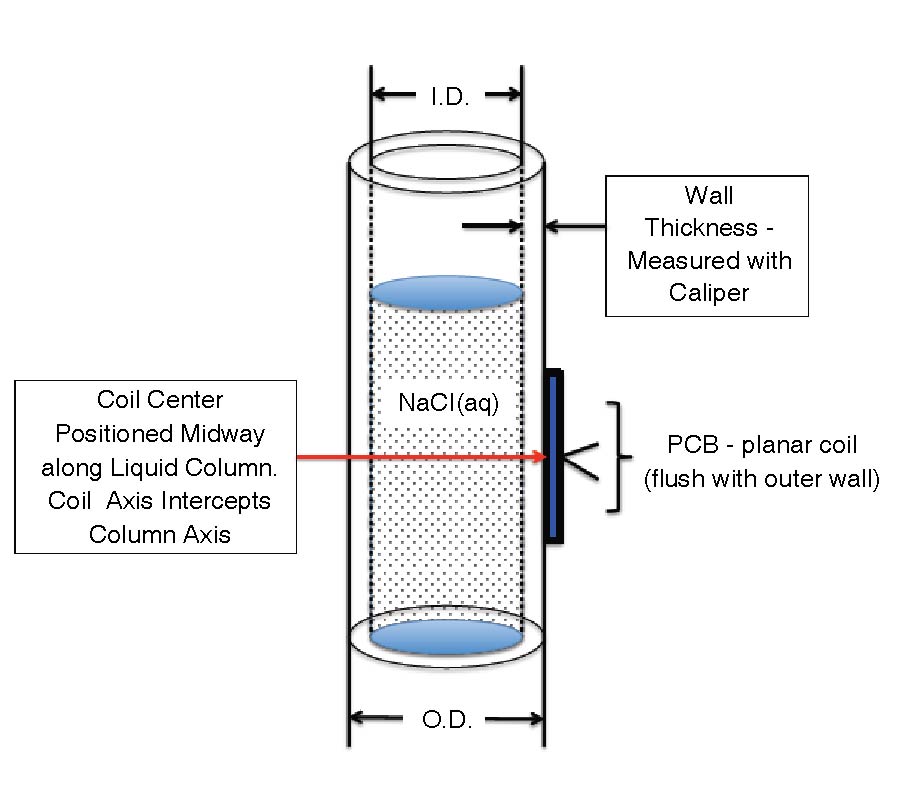Nonlinear Characteristics of P-I-n Diode Circuits Analyzed by a Physically Based Simulation Method
Hao Wang,
Guo-Dong Wang,
Xiao-Lian Liu,
Ke Xu and
Xing Chen
Nonlinear characteristics of semiconductor devices play a key role in the performances of circuits, but their modelling is still a big challenge in circuit simulations nowadays. This paper explores modelling nonlinear characteristics of circuits containing semiconductor devices by presenting a modified physically based simulation method. A p-i-n diode microstrip circuit is taken as a sample, and its nonlinear characteristics, such as the power limiting, bistability, and forward recovery characteristics, are simulated and analysed. The applied method demonstrates its good capability and accuracy of modelling the nonlinear characteristics in the simulation, and moreover clarifies the underlying physical mechanisms. In contrast, the Advanced Design System (ADS) software, a popular circuit simulation program based on the equivalent circuit model, fails to reveal some of those nonlinear characteristics.
